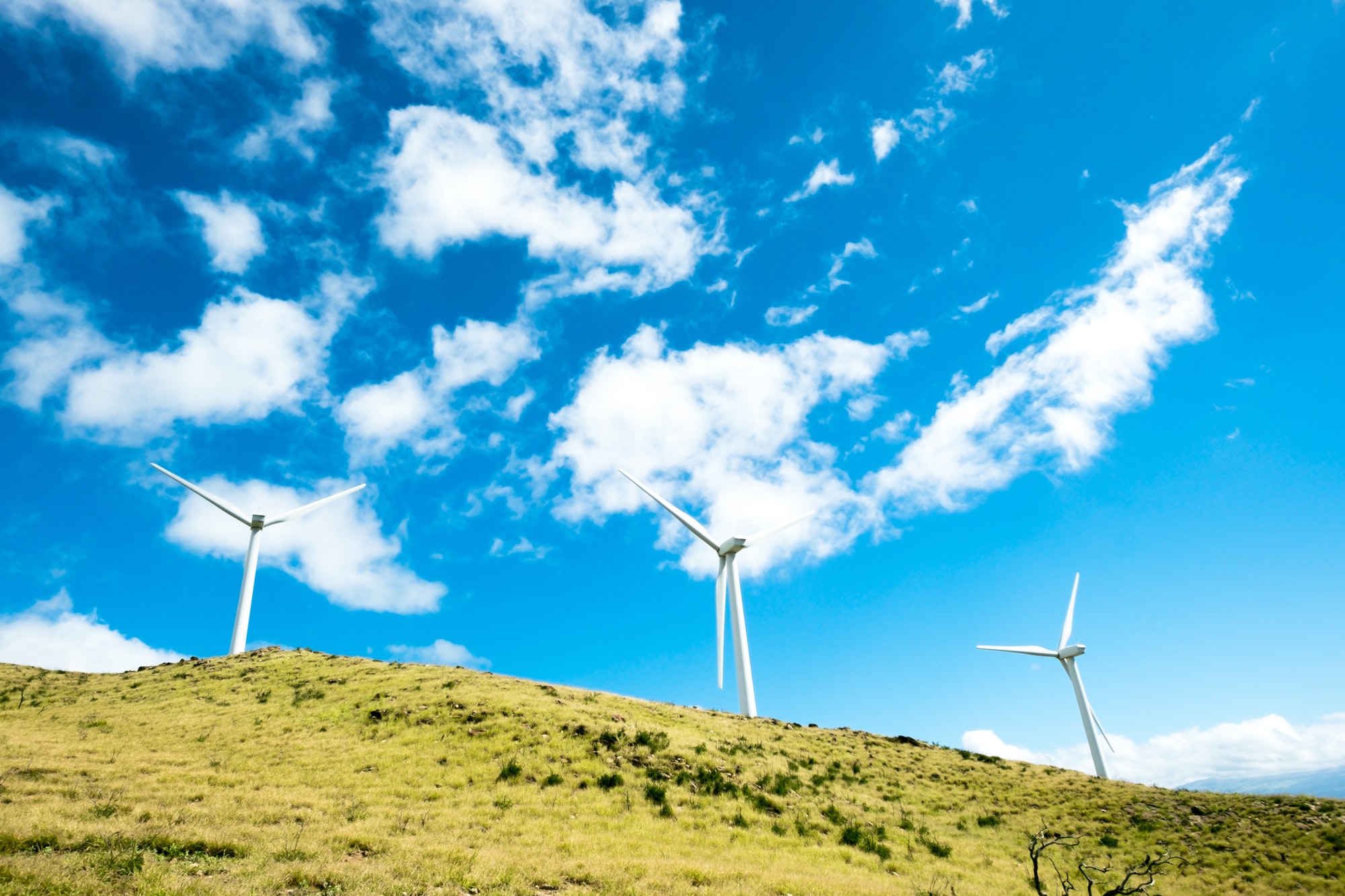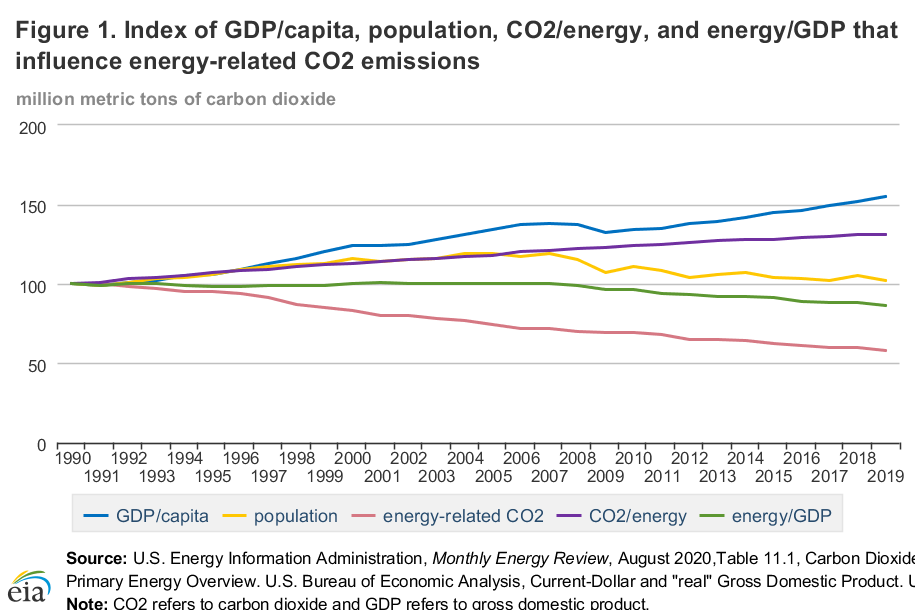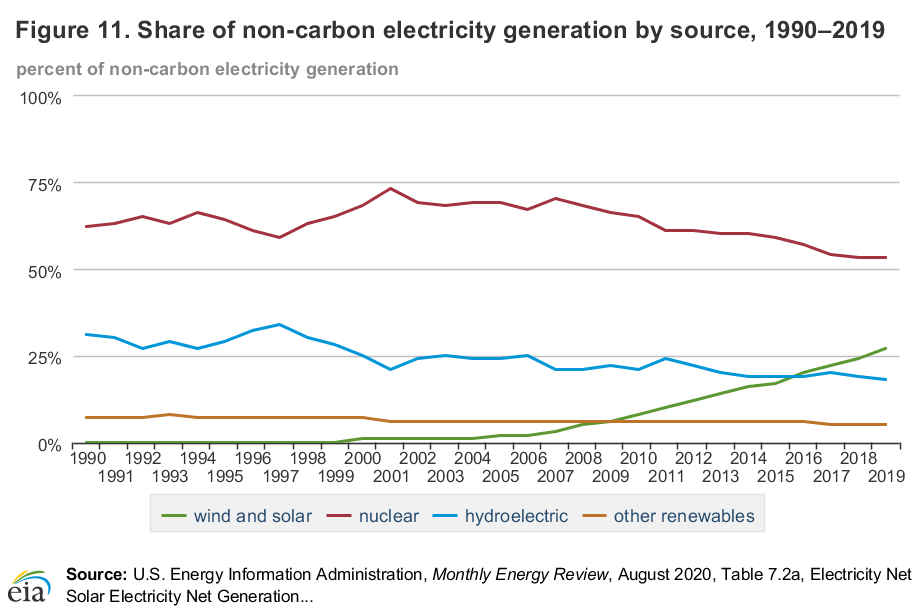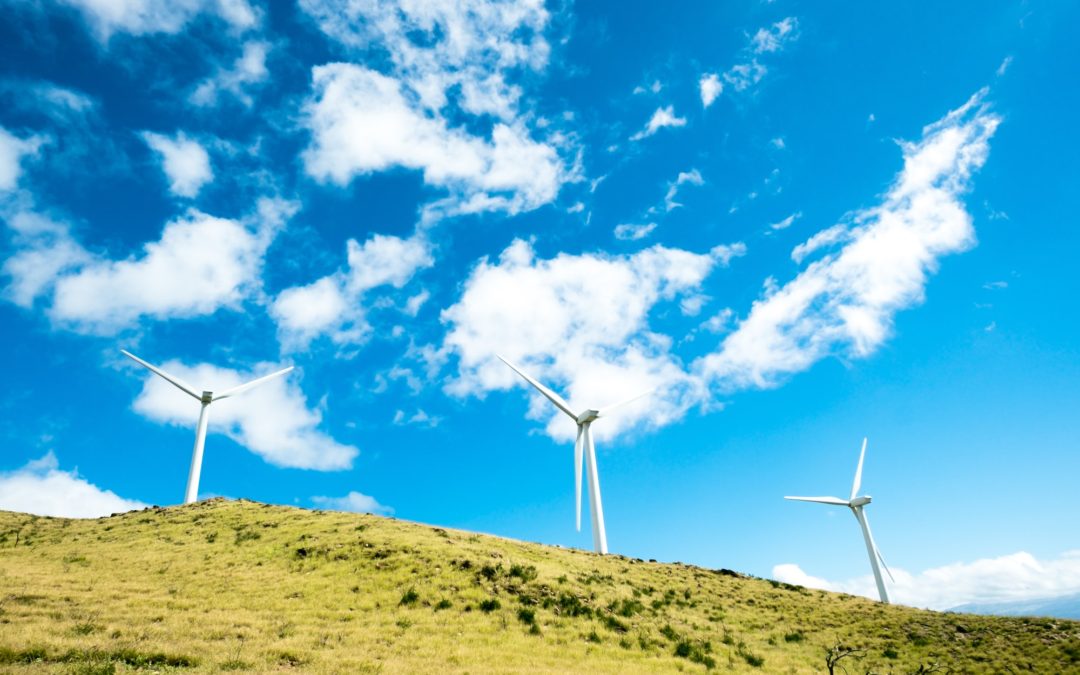
Now thirty years have passed since 1990, a benchmark year used by the United Nations Framework Convention on Climate Change, and the U.S. is almost back to the same level as 1990.
After increasing energy-related CO2 emissions with about one percent per year between 1990 and 2007, emissions have declined since, averaging 1.3% per year. In 2019 it was only 1,8 percent higher than in 1990.

This is because of a decline in coal-generated energy production and increased natural gas, solar and wind energy production.
Since 2007 energy from coal declined by more than 50 percent.
Wind and solar accounted for about 27% of U.S. non‐carbon electricity generation in 2019.






